Content at a glance: Yesterday, Japanese actor Hoshinomoto issued a statement through his office, announcing his marriage. The bride is Yui Aragaki who is regarded as a "wife" by many male fans.
Original: HyperAI Super Neural
Keywords: Generative Adversarial Network StyleGAN
"Wife is married", "Gen Hoshino's pain in seizing his wife", "Yu Qingyu"... After the official announcement of the marriage between Yuan Hoshino and Yui Aragaki, many netizens sighed as above.
! [The two have co-starred in the Japanese drama "Escape is shameful but useful"
The two protagonists in the play were originally "married by contract", and then they became married) ( https://p3-juejin.byteimg.com/tos-cn-i-k3u1fbpfcp/5b7ac55948484509a5160f8b49a412c3~tplv-k3u1fbpfcp-watermarkded.deed)
two have co-starred in the Japanese drama "Escape from Shameful but Useful". The two protagonists in the play were originally "married by contract", and they
There is also a wave of netizens who have accepted the status quo of "lost love" and turned to care about the children of Yui Aragaki and fear that the children will not look like their mothers.
Weibo netizens showed great concern about the appearance of the two children
With the help of the open source model BabyGAN, we predicted the looks of the future children of Yui Aragaki and Gen Hoshino.
"Dahe" is the name of the two children in the play "Escape is shameful but useful".
According to BabyGAN's prediction, If the child of Yui Aragaki Then the rivers of different ages may grow like this:
BabyGAN generated daughter growth animation
If Dahe is a boy, Then Dahe of different ages may look like this:
BabyGAN generated son growth animation
What kind of artifact is BabyGAN?
BabyGAN is a child appearance predictor based on StyleGAN. can be based on encoder and generator, input father and mother images, after neural network processing, generate or predict the appearance of future children.
prediction method: uses a neural network model based on the GAN architecture to extract the latent representation from the input parent image, and then use the algorithm to mix it in a certain proportion to generate the child image.
Father (left), predicted appearance (middle), mother (right)
Using latency direction, you can change parameters such as age, face orientation, emotion, and gender.
For the project address, please visit Here
For encoder, please visit Here
This tutorial mainly demonstrates:
1. Load the trained BabyGAN model locally
2. Prepare images of both parents and obtain their latent representation
3. Use the model to generate the face of the child
4. Adjust the child’s gender, age and other parameters to generate a child’s image that meets the needs
Installation environment: Python: 3.6; TensorFlow: 1.15
Schematic animation for adjusting children's gender, age and other attributes
Note: This tutorial recommends using GPU to run
For the complete tutorial, please visit Here :
Detailed model training process
1. Preparation
2. Prepare images of parents
3. Generate child images
4. Generate child images with certain characteristics
For the complete tutorial, please visit Here :
High praise open source projects related to StyleGAN
The BabyGAN model is based on StyleGAN. In addition, based on StyleGAN and StyleGAN2, also derives many high-quality open source projects.
StyleALAE
StyleALAE is an anti-implicit autoencoder based on the StyleGAN generator. can not only generate 1024 x 1024 face images with image quality equivalent to StyleGAN, but also can generate faces based on real images at the same resolution Rebuild and attribute changes.
StyleALAE architecture diagram
StyleALAE encoder uses the Instance Normalization (IN) layer to extract multi-scale style information. The information is combined into an implicit code w through a learnable multilinear map.
Related papers: Here
Project address: Here
StyleFlow
Although the use of StyleGAN can easily generate high-quality, diversified, and realistic images, it is not simple to use (semantic) attributes to control the generation process while maintaining high-quality output. In addition, due to the entangled nature of GAN's latent space, along one attribute can easily cause changes in other attributes.
In order to solve the conditioned exploration of entangled latent space, attribute-conditioned sampling and attribute-conditioned editing problems, researchers proposed StyleFlow.
Use StyleFlow to modify an attribute without causing changes to other attributes, such as changing only the light, posture, expression, gender, etc.
Using StyleFlow to perform non-sequential editing of real images, is better than the concurrent method for extreme images such as the elderly and asymmetric.
Related papers: Here
Project address: Here
Pixel2style2pixel (pSp)
pSp is a StyleGAN encoder for image-to-image conversion. It is based on a new coding network and can directly generate a series of style vectors. These style vectors are input into the pre-trained StyleGAN generator to form an extended w+ potential space.
In pSp, the encoder can directly embed the real image into w+ without additional optimization, and the encoder can directly solve the image-to-image conversion task, which is defined as the encoding problem from the input domain to the latent domain.
results in StyleGAN inversion, multi-modal conditional image synthesis, face frontal, image restoration and super-resolution scenes
pSp possible without structural changes, handle various image conversion tasks, such as the division of adult students face image map, the front face of super-resolution and so on.
Related papers: Here
Project address: Here
GenForce
GenForce is an efficient PyTorch library suitable for deep generative models such as StyleGAN, StyleGAN2, and PGGAN. has the following features:
1. Distributed training framework
2. Fast training
3. Modular design, suitable for prototyping of new models
4. Compared with the official TF version, the training of StyleGAN is highly reproduced
5. Contains many pre-trained GAN models with Colab demo
Related papers: Here
Project address: Here
About OpenBayes
OpenBayes is a leading domestic machine intelligence research institution. provides a number of basic services related to AI development, such as computing power containers, automatic modeling, and automatic parameter adjustment.
At the same time, OpenBayes also launched many mainstream public resources such as data sets, tutorials, models, and for developers to quickly learn and create ideal machine learning models.
Now visit openbayes.com and register
Ready to enjoy
600 minutes/week of vGPU
And 300 minutes/week of free CPU calculations
Hurry up and use BabyGAN to predict what your child will look like in the future!
Complete tutorial portal: Here
Colab Portal: Here .ipynb)



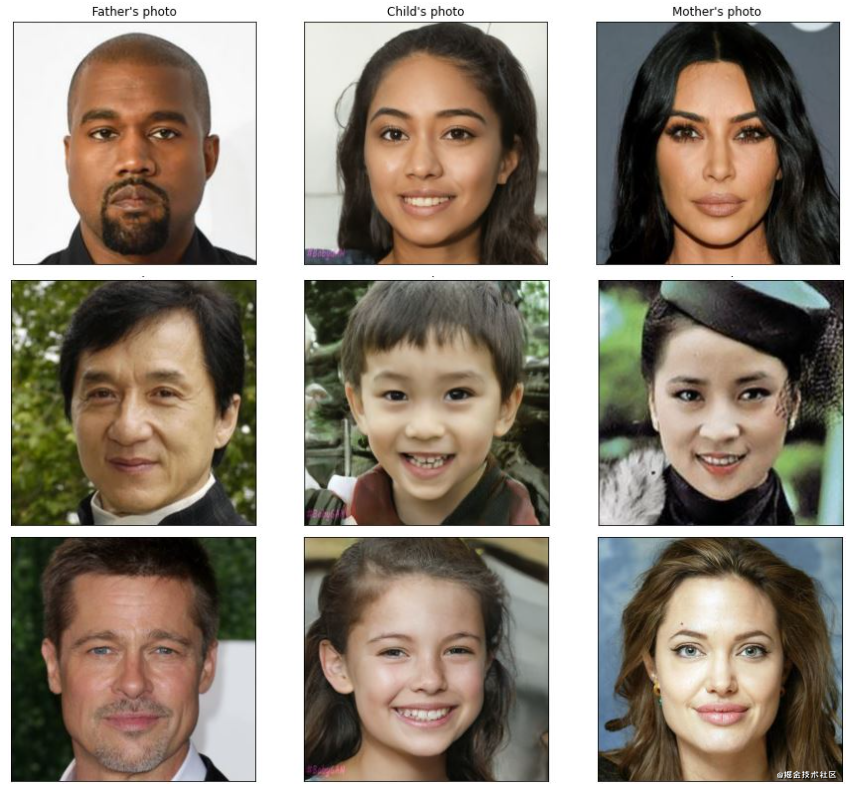
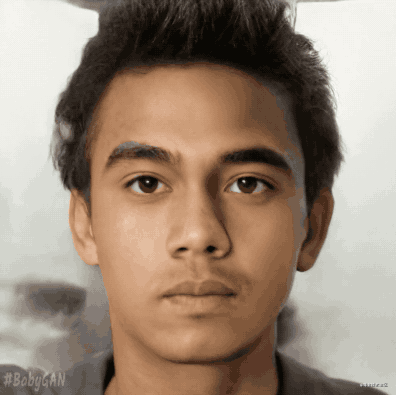
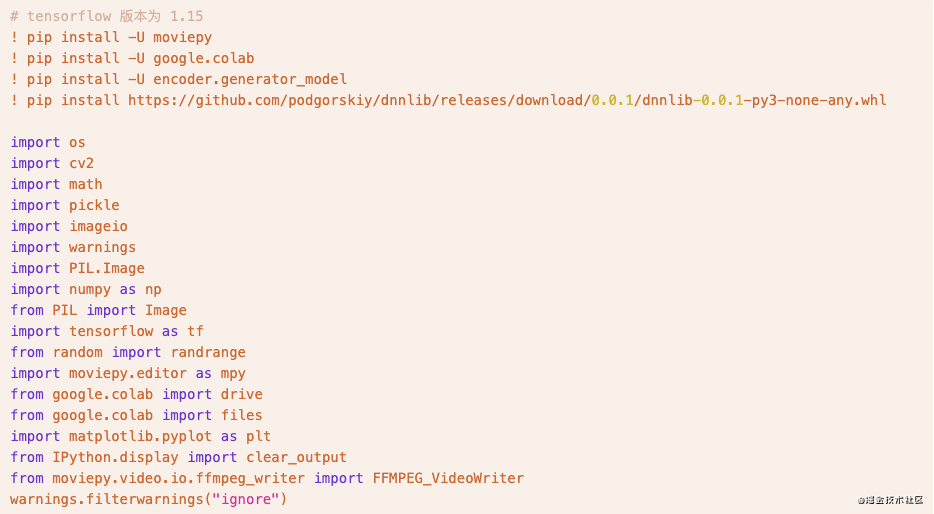
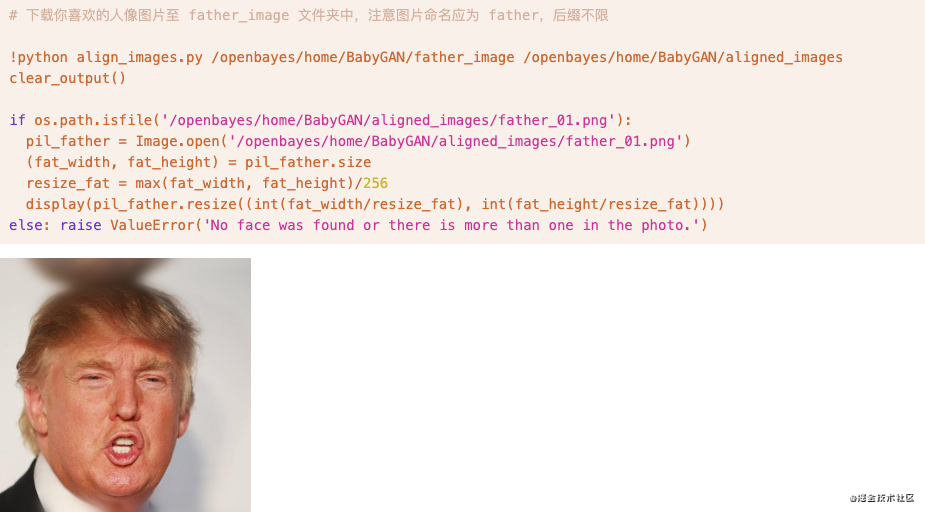
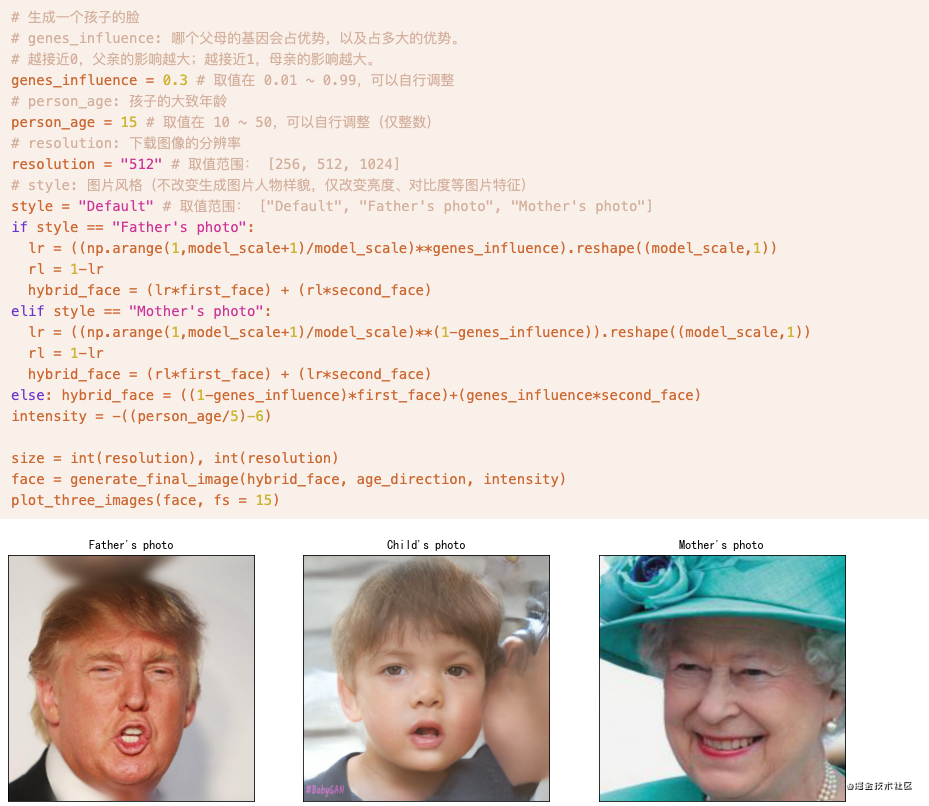
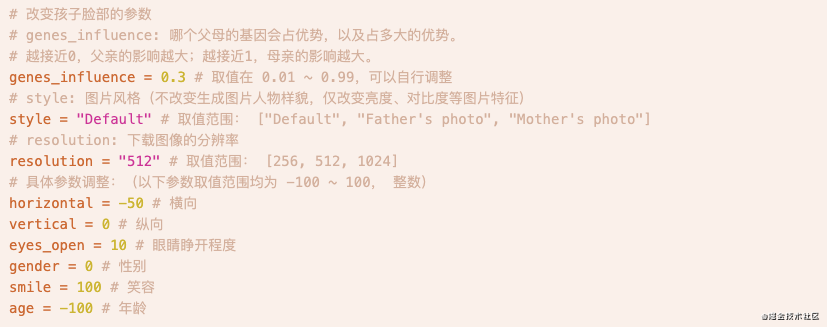
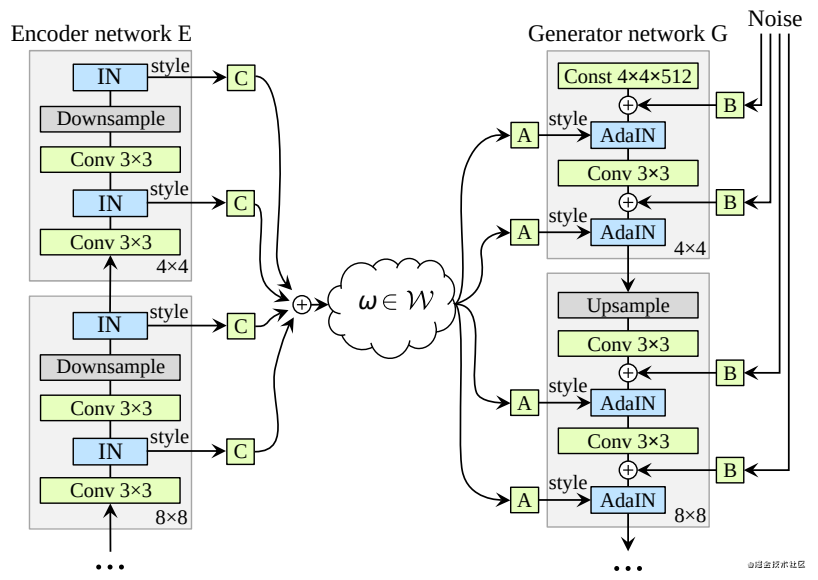
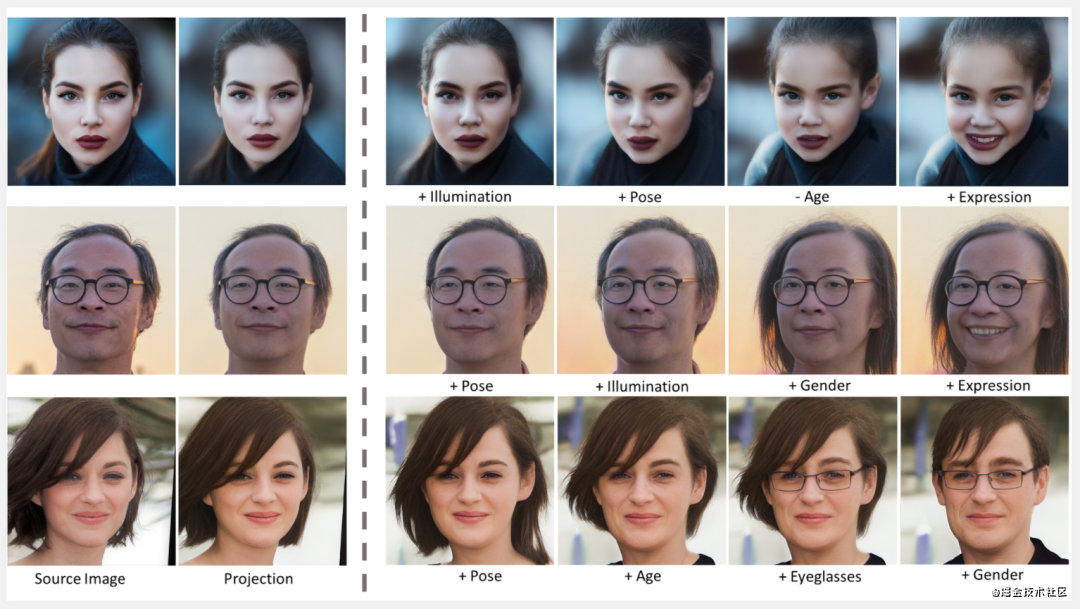

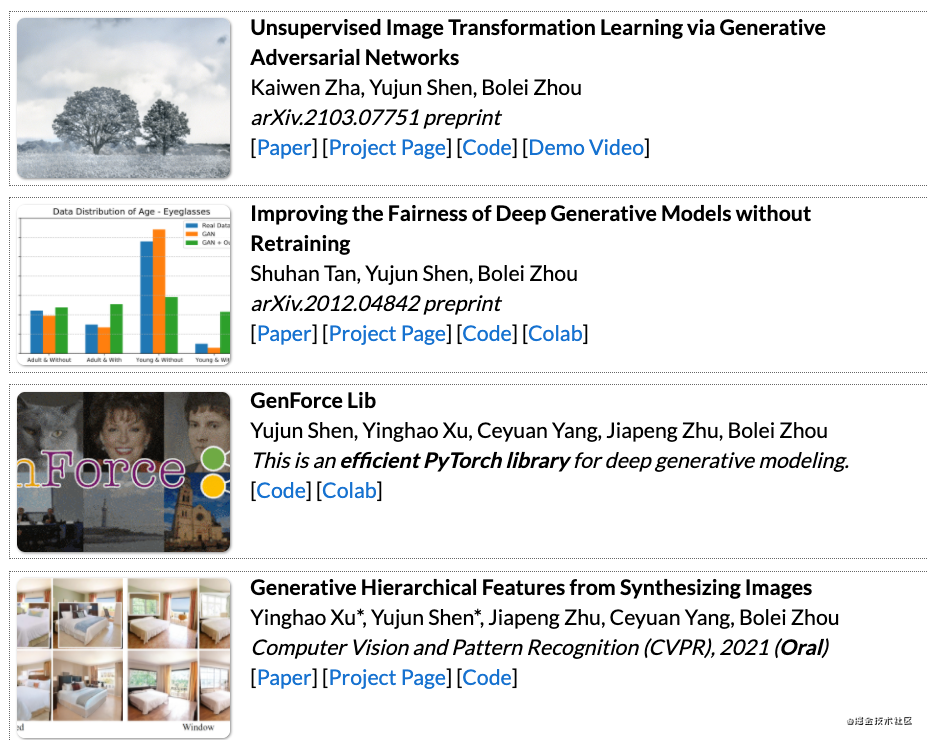
**粗体** _斜体_ [链接](http://example.com) `代码` - 列表 > 引用。你还可以使用@来通知其他用户。